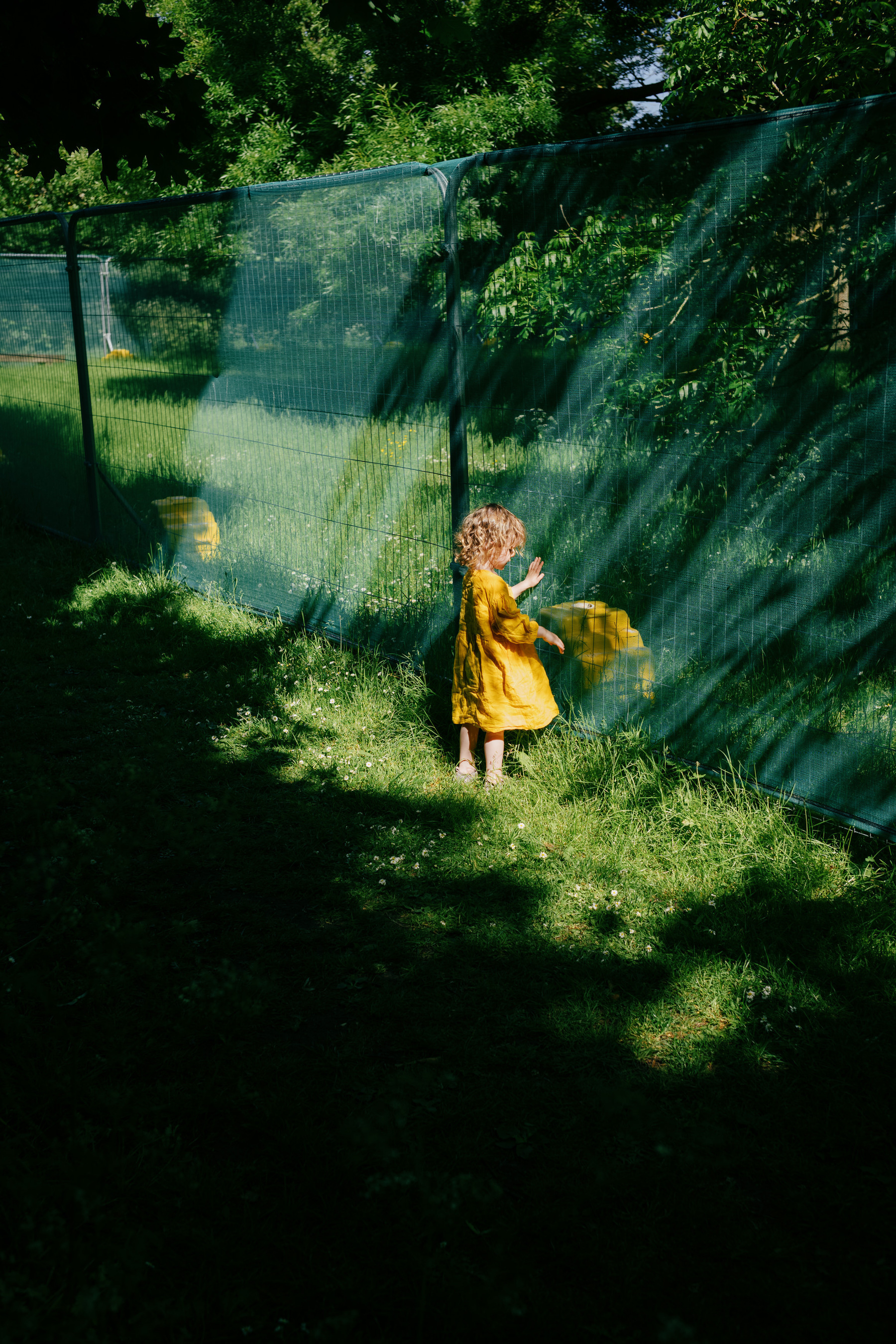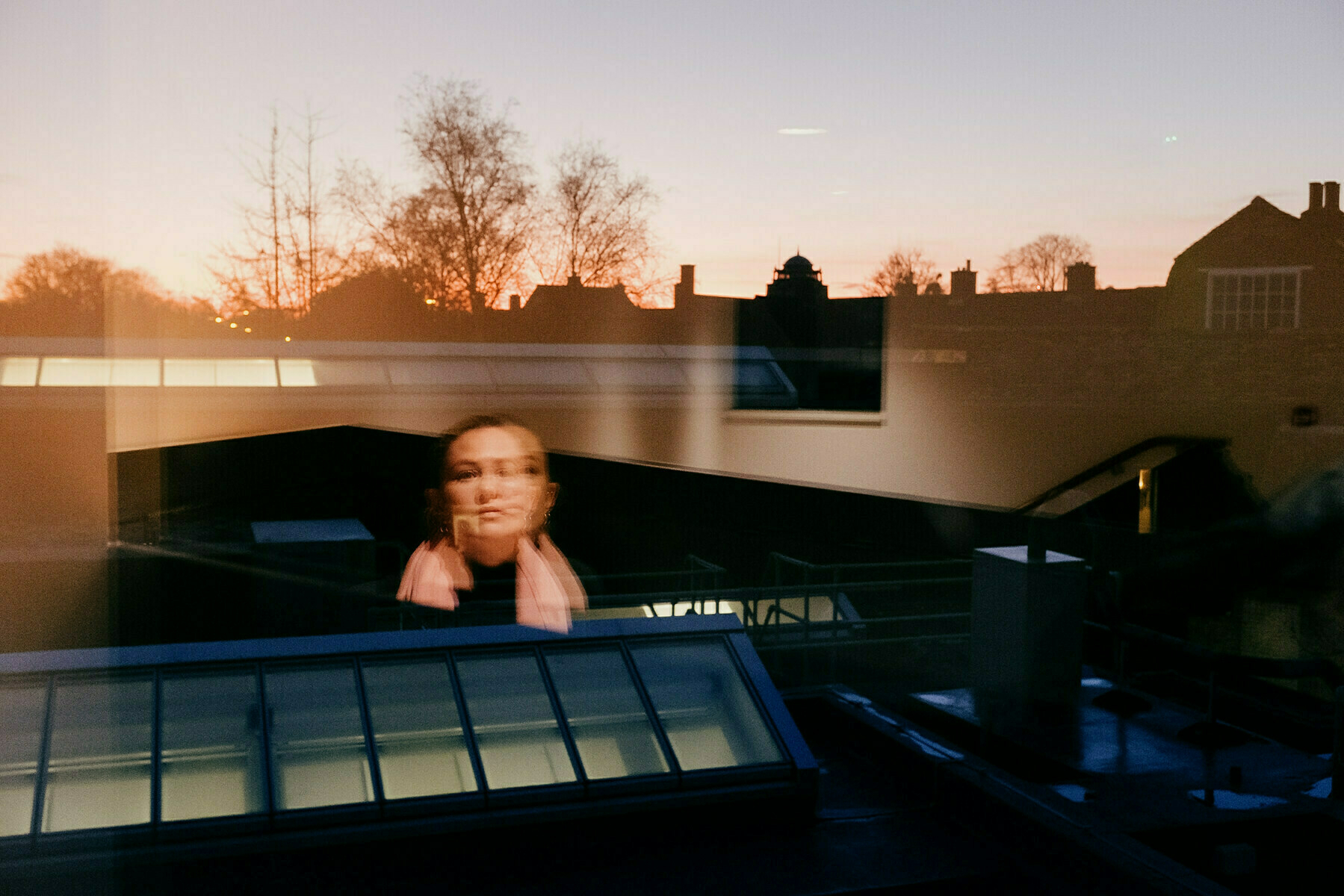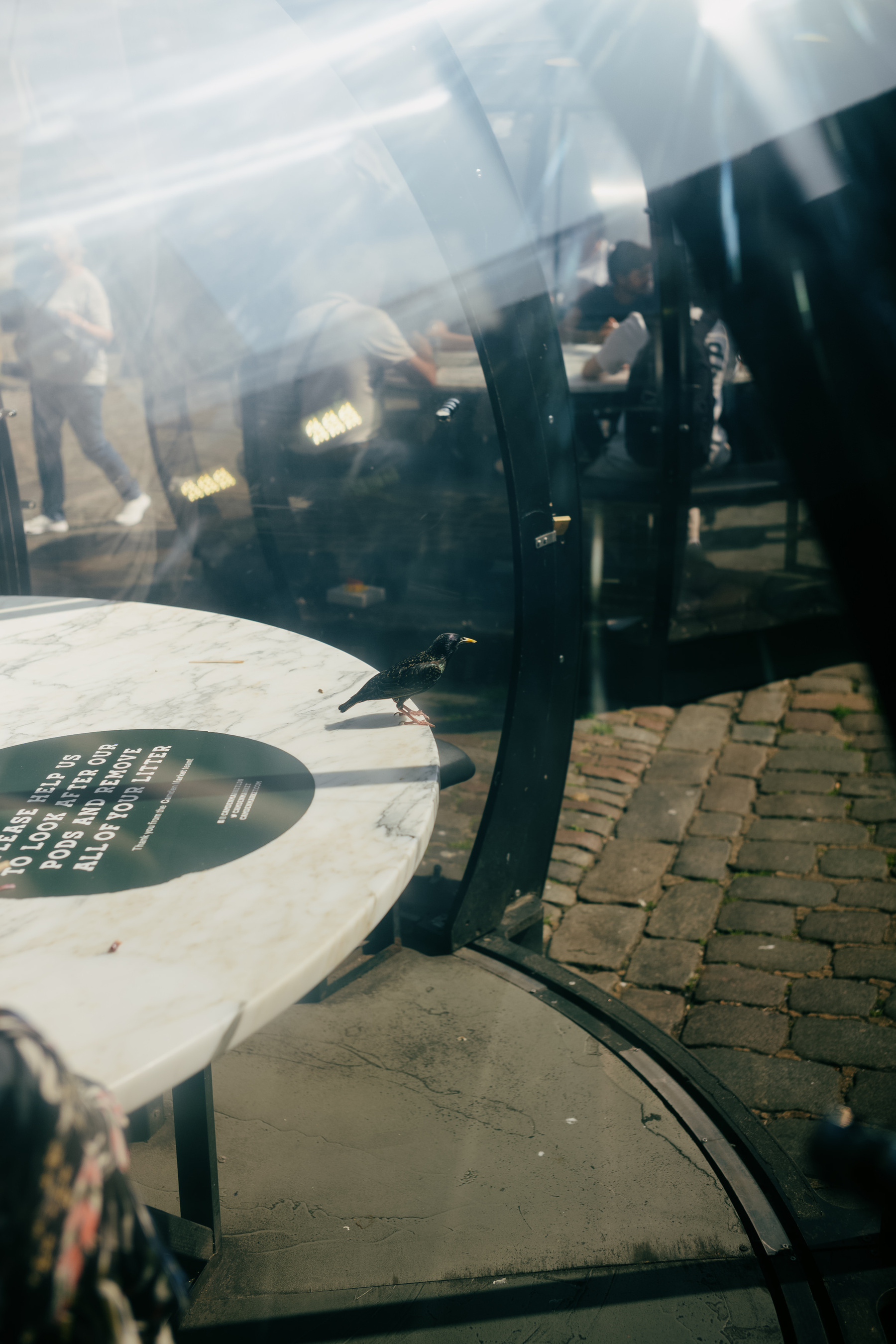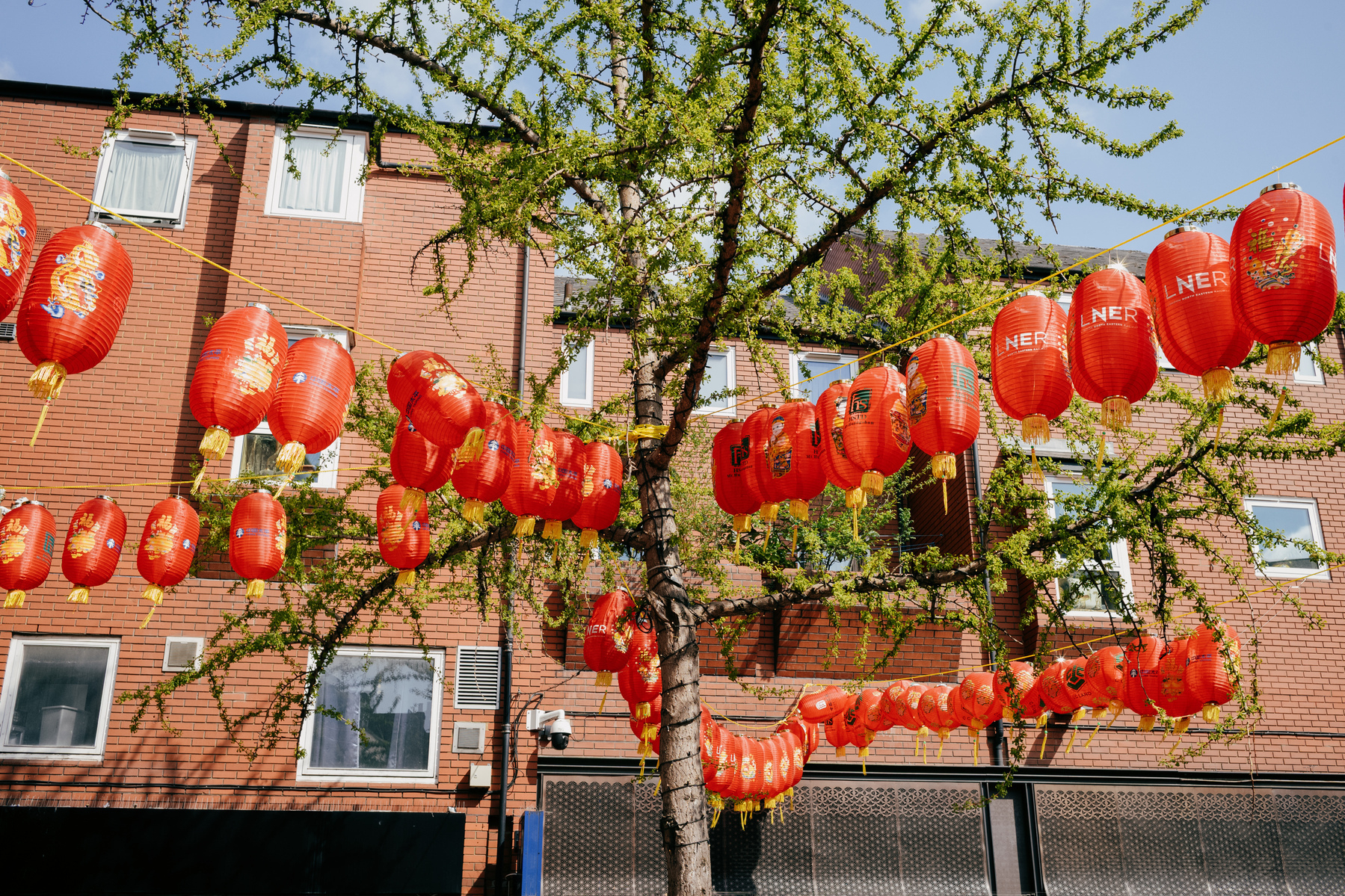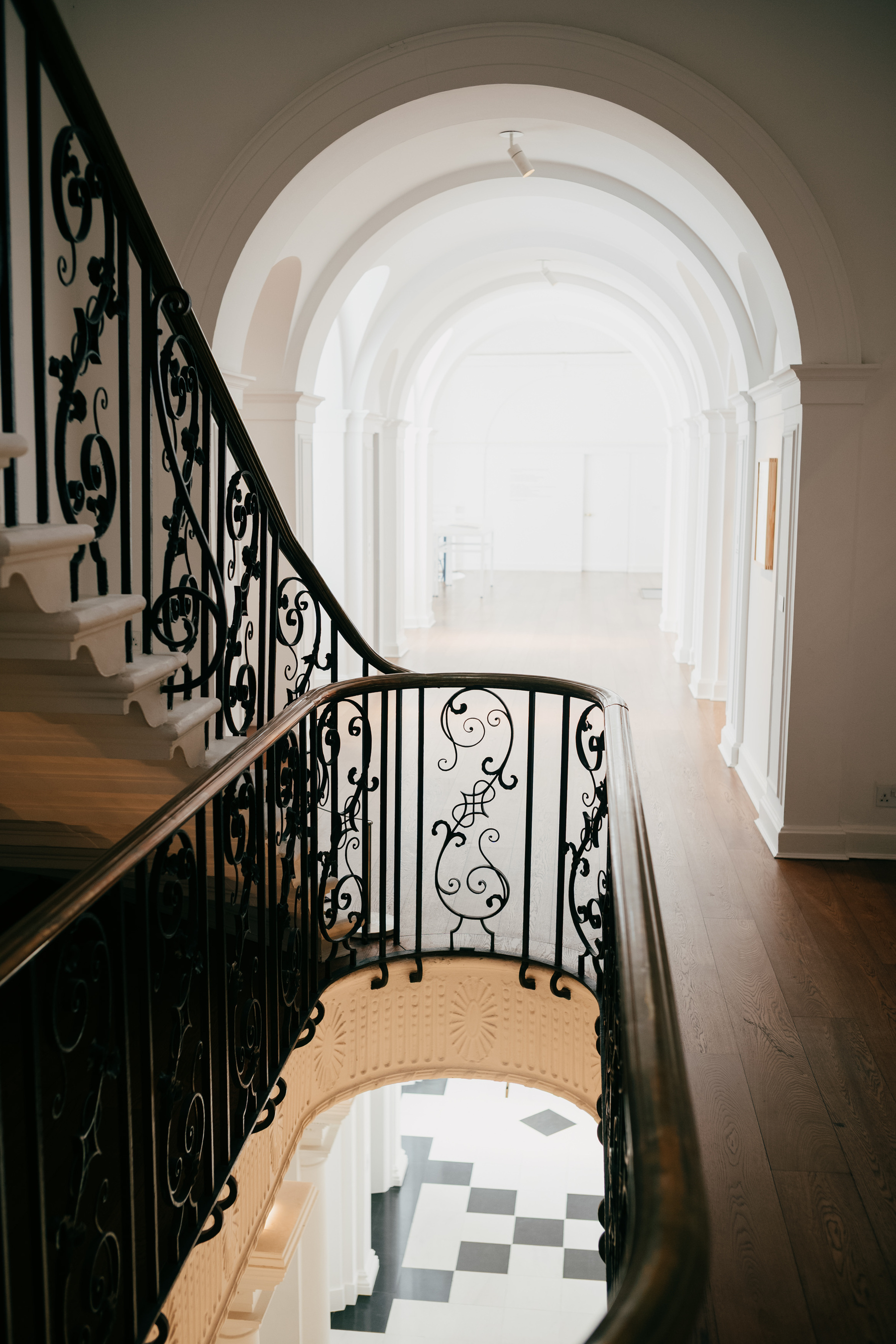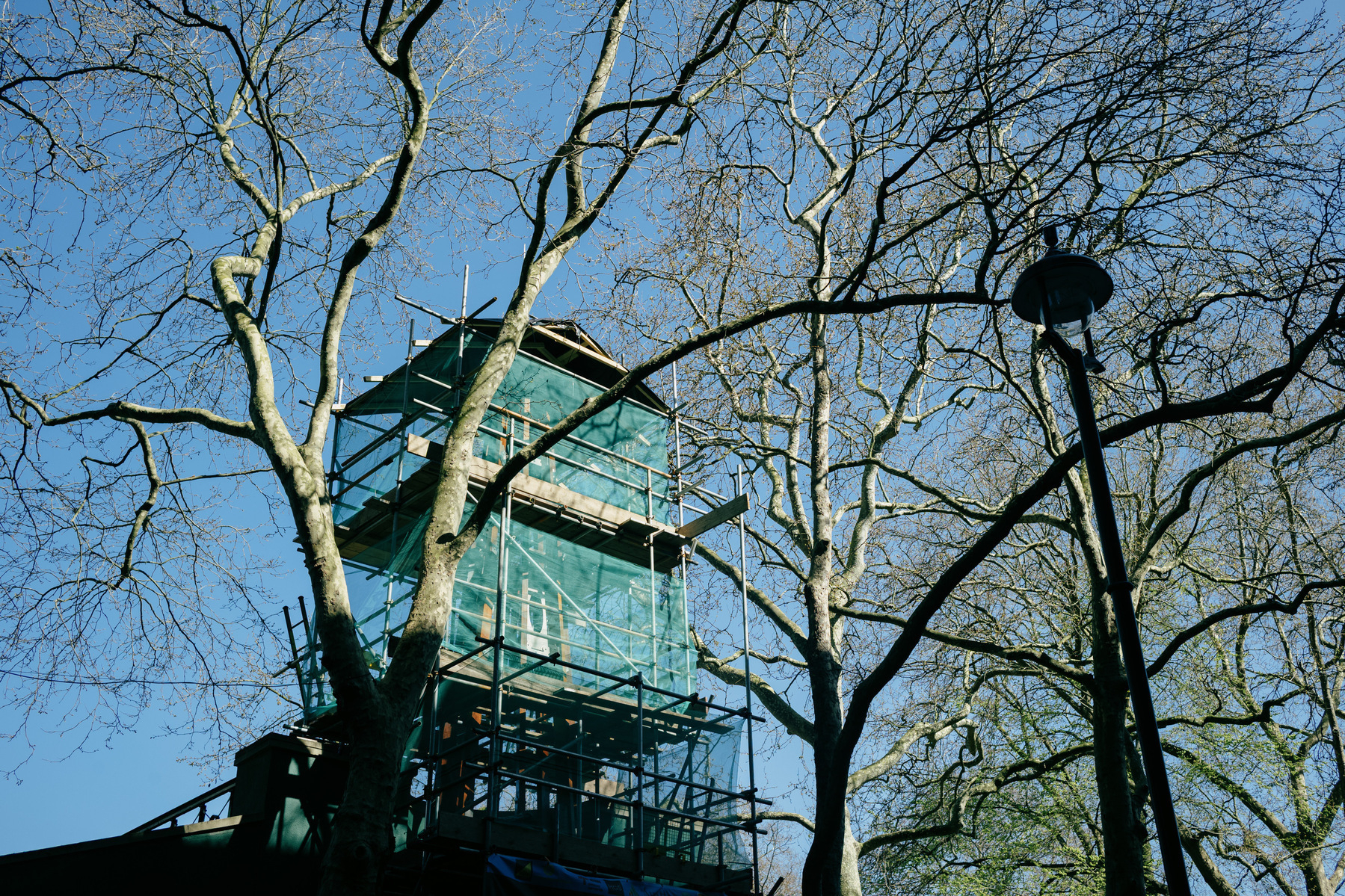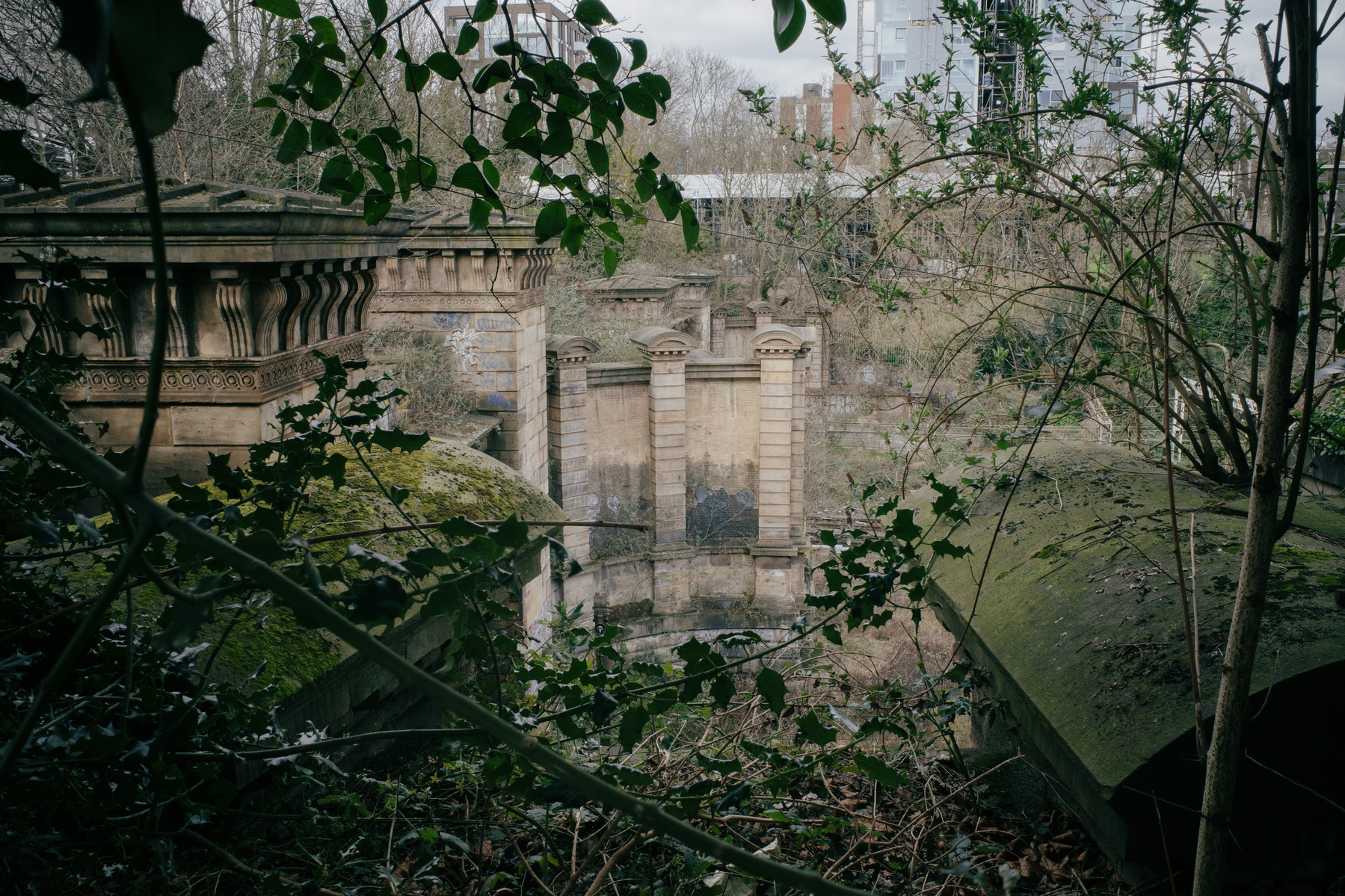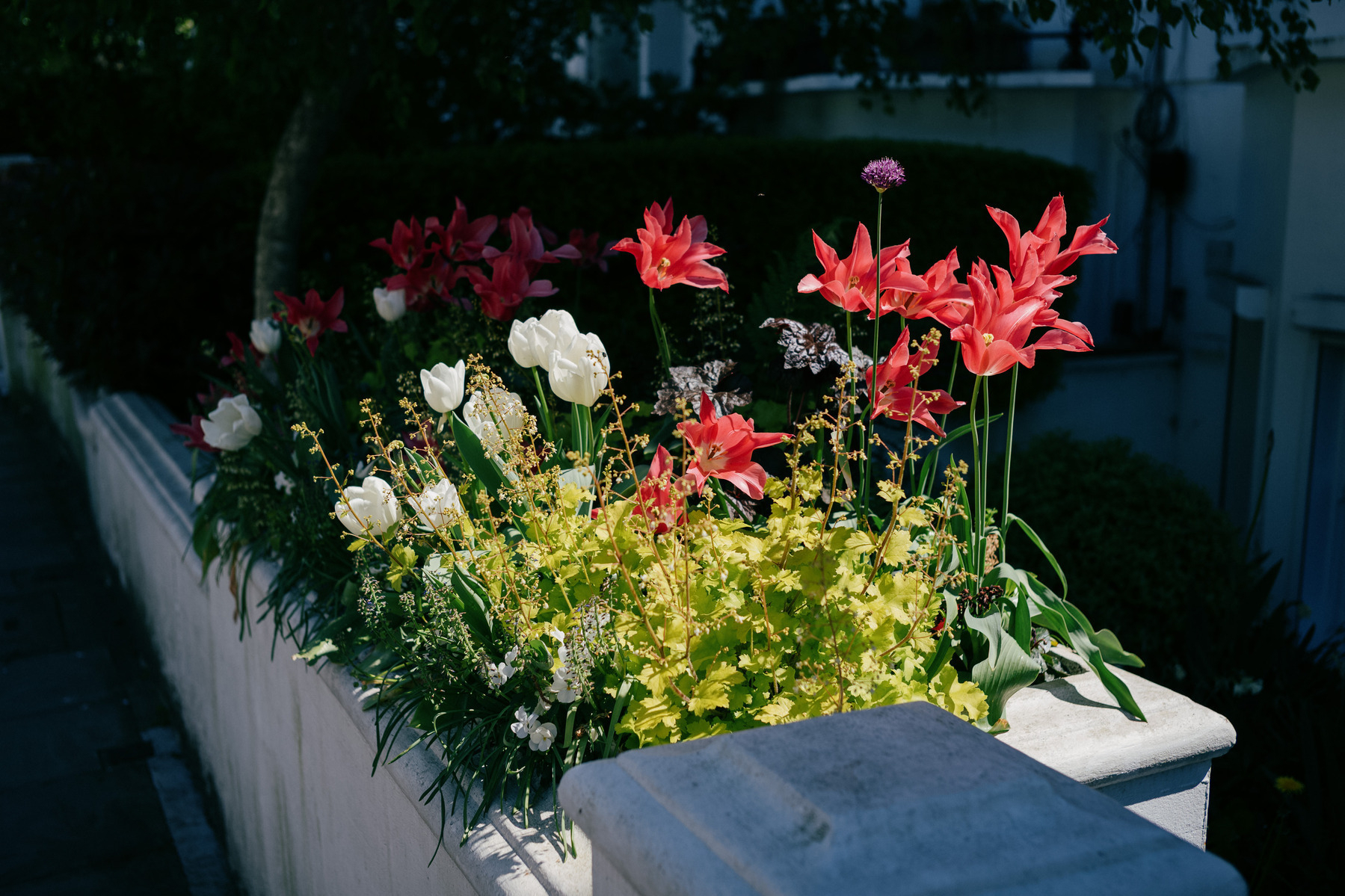
“Be careful what you wish for, not because you’ll get it but because you’ll be turned into the thing that can get it. It’s not a process where you just ask for something and it magically appears, it’s a process that breaks you down and rebuilds you into the right tool for the job.”
—Jed McKenna talking about Francis Ford Coppola
H/t Trung Phan on Not Investment Advice | E214
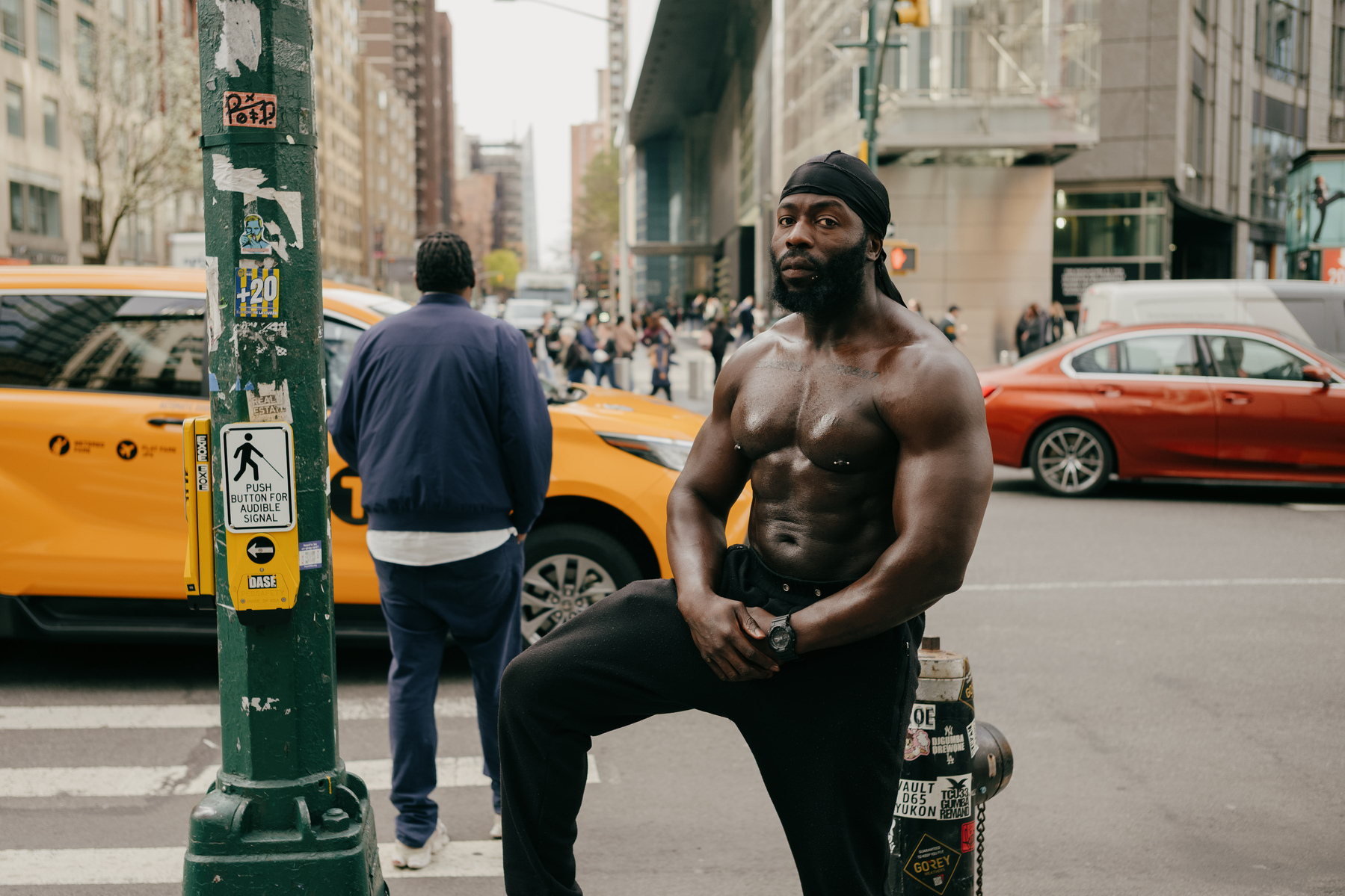 Chip, near Columbus Circle, Manhattan.
April 2025
Chip, near Columbus Circle, Manhattan.
April 2025
Poems and modern memes, both, are fundamentally group cognitive technologies. Exactly half of the enjoyment, half of the use of the thing, comes in sharing the experience once you’ve had it yourself.
—Joel Dueck, from Share poems like memes
[…] no matter what your age is, shoot your world! Capture what you see that other don’t or can’t.
—Blake Andrews
From his excellent interview with Sebastien Boncy
The real voyage of discovery consists not in seeking new landscapes, but in having new eyes.
—Marcel Proust
air and light and time and space
Apr 8, 2025‘- you know, I’ve either had a family, a job, something
has always been in the
way
but now
I’ve sold my house, I’ve found this
place, a large studio, you should see the space and
the light.
for the first time in my life I’m going to have a place and
the time to
create.’
no baby, if you’re going to create
you’re going to create whether you work
16 hours a day in a coal mine
or
you’re going to create in a small room with 3 children
while you’re on
welfare,
you’re going to create with part of your mind and your
body blown
away,
you’re going to create blind
crippled
demented,
you’re going to create with a cat crawling up your
back while
the whole city trembles in earthquakes, bombardment,
flood and fire.
baby, air and light and time and space
have nothing to do with it
and don’t create anything
except maybe a longer life to find
new excuses
for.
Charles Bukowski
style is the answer to everything —
a fresh way to approach a dull or a
dangerous thing.
to do a dull thing with style
is preferable to doing a dangerous thing
without it.
Joan of Arc had style
John the Baptist
Christ
Socrates
Caesar,
Garcia Lorca.
style is the difference,
a way of doing,
a way of being done.
6 herons standing quietly in a pool of water
or you walking out of the bathroom naked
without seeing
me.
from: Love is a Dog From Hell by Charles Bukowski
Walk until your day becomes interesting
— Rolf Potts
Things slip out of life and out of place and the photograph’s role is to fix this bruise of memory.
— Peter Mitchell
“I often think that I don’t have a single new idea in my head. But the big mistake is to just wait for inspiration to happen. It won’t come looking for you. You have to start doing something: you have to build a trap to catch it. I like to do that by starting the very mundane process of tidying my studio. It may seem like it has nothing to do with the creative job in hand but I think tidying up is a form of daydreaming, and what you’re really doing is tidying your mind. It’s a kind of mental preparation. It’s a way of getting your mind in place to notice something. And that’s what being creative is really: it’s noticing when something interesting is starting to happen.”
—Brian Eno
Via @_nitch
Don’t think.
—Ray Bradbury
